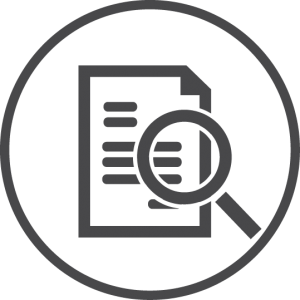Sometimes you need to dive in an existing data set that you know very little about. Let’s say we’ve been lucky to have had a high level description of the business case covered by a database, and then access to it. Our next step is figuring out data organisation, content and quality. Our tool box: the world’s most advanced open source database, PostgreSQL, and its Structured Query Language, SQL.


